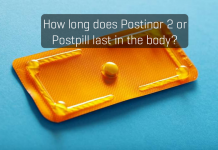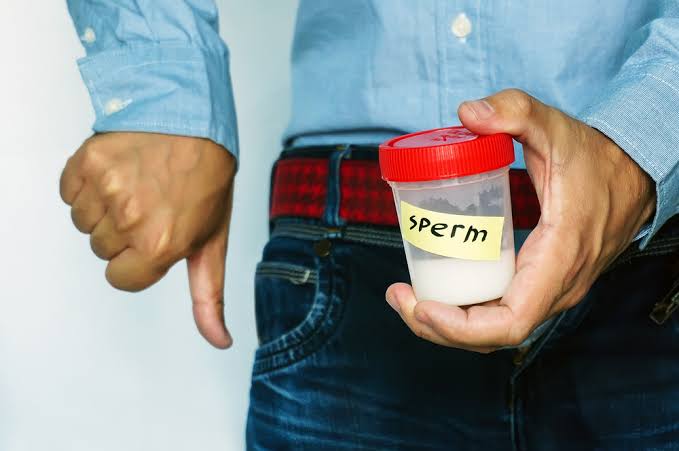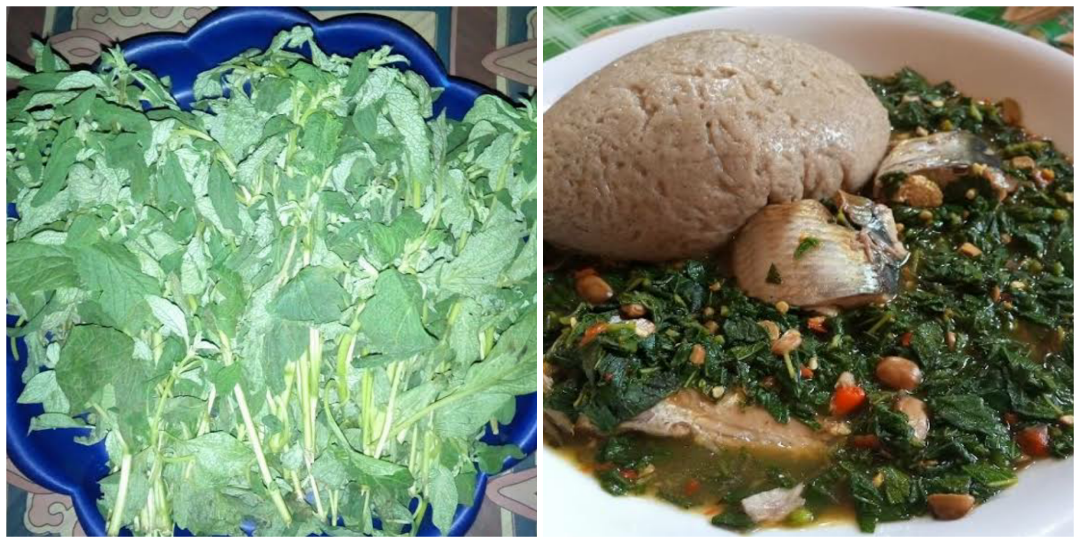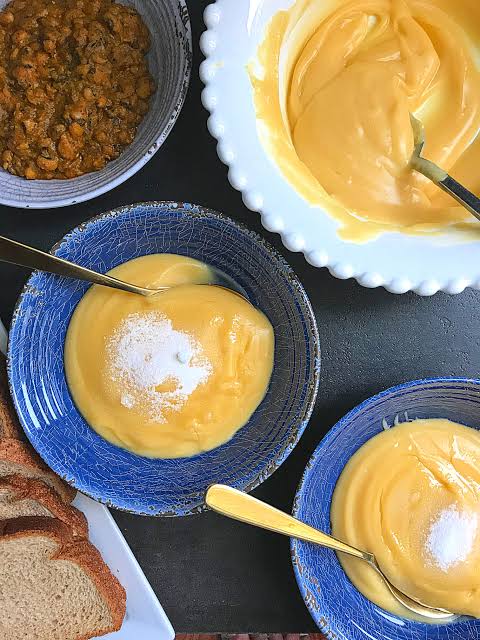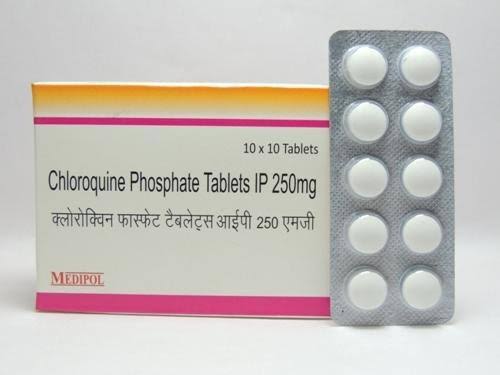Chloroquine: Clinical Uses, Mechanism of Action, Route of Administration, Dosage, Missed Doses, Safety in pregnancy, Side Effects, Overdose, and Cost.
Chloroquine, a once abandoned anti-malarial (also called an amoebicide) drug is now the most sought after drug worldwide – no thanks to the scourge of the coronavirus pandemic that has killed over 7,000 persons and infected and left over 200,000 persons infected globally.

What diseases can Chloroquine be used to treatment?
1. Malaria (most popular use) – it is effective against susceptible strains of the malarial parasites Plasmodium vivax,P. ovale, andP. falciparum.
2. Amoebic liver abscess
3. rheumatoid arthritis
4.systemic lupus erythromatosus
5. discoid lupus erythematosus,
6. scleroderma,
7. pemphigus
8. lichen planus
9. polymyositis,
10. sarcoidosis, and
11. porphyria cutanea tarda.
12. Treatment and prophylaxis of Zika virus.
13. Currently undergoing clinical trial as possible treatment for COVID -19
Mechanism of action – How does Chloroquine phosphate work?
Chloroquine inhibits the action of heme polymerase in malarial trophozoites, preventing the conversion of heme to hemazoin. Heme is toxic to Plasmodiumspecies.
It passively diffuses through cell membranes and into lysosomes, where it becomes protonated and cannot leave. It increases endosomal pH.
Chloroquine prevents glycosylation of ACE2, the receptor that SARS-CoV-2 targets for cell entry (reason it is been proposed as cure for coronavirus).
Route of Administration
Chloroquine is administered orally as chloroquine phosphate. It also can be given by intramuscular injection as chloroquine hydrochloride. It also comes as syrup.
Why was Chloroquine withdrawn from the market?
Chloroquine was not banned as a drug totally but was discontinued at first line treatment drug for malaria in Nigeria in 2005 and globally. The decision, based on the recommendation of the World Health Organisation, was taken by the Federal Ministry of Health due to high treatment failures resulting from drug resistance and some life threatening side effects. It was however still in the market and still on doctors prescription list for other ailments.
Is Chloroquine safe in pregnancy?
According to the Centers for Disease Control and Prevention (CDC), chloroquine is considered safe to use during pregnancy. The World Health Organisation considers it the safest anti-malarial drug in pregnancy. It can be taken in all three trimesters with qualms.
Side effects
They are:
- Loss of appetite
- dizziness
- diarrhea
- Night blindness
- Double vision
- Clumsiness
- Mild headache
- Nausea or stomach cramps
- Unusual behavior or mood changes
- Severe diarrhea
- Vision problems or blurred vision
- Trouble reading words or seeing parts of objects
- Sensitivity to sunlight (photosensitivity)
- Hearing loss
- Ringing in the ears
- Abdominal pain
- Liver toxicity
- Decreased blood count
- Red eyes
- Change in skin color
- Change in color of the inside of your mouth
- Fever
- sore throat
- Hair loss
- Weight loss
- unexplained weakness
- Drowsiness
- Seizures
- Difficulty speaking
- Drooling
- Sticking out of the tongue
- Loss of balance
- Uncontrolled movements
- Unusual bleeding or bruising
- Dark-colored urine
- Yellowing of the skin or eyes (jaundice)
- Vomiting
- Irregular heartbeat (arrhythmia)
- Signs of a severe allergic reaction, which may include:
- hives,
- rash,
- itching,
- difficulty breathing,
- tightness in the chest,
- or swelling of the face, mouth, lips, or tongue
- side effects is worse if taken with alcohol
When you take overdose of Chloroquine
Symptoms of a chloroquine overdose may include:
- Drowsiness
- Dizziness
- Blurred vision
- Blindness
- Muscle cramps
- Tingling in the hands, feet and lips
- increased thirst
- Fainting
- Renal failure (reduced urine output)
- Severe Headache
- Excessive excitability
- Mood changes
- Seizures
- Irregular heartbeat (heart attack)
- Slow, shallow breathing
- Loss of consciousness
- Chemical Hepatitis
Dosage
Chloroquine comes as a tablet, syrup, or injection.
Your dose will depend on your medical condition, age, weight, and response to treatment.
You can take this medicine with food if it causes an upset stomach.
Chloroquine tablets comes as 500mg, 250mg and 200mg doses.
The decision not to put the dosage in milligrams is deliberate so as to avoid abuse especially in the face of its predicted efficacacy against coronavirus.
Missed Dose
If you miss a dose of chloroquine, take it as soon as you remember.
But if it’s almost time for your next scheduled dose, skip the missed dose and continue with your regular medication schedule.
Don’t double up on doses to make up for a missed one.
DRUG INTERACTIONS
There is widespread belief started by President Donald Trump that Chloroquine plus azithromycin “perfectly” cures coronavirus.
However, Hydroxychloroquine and Azithromycin should *NOT* be taken together because they increase the risk of fatal cardiac arrhythmia due to QTc prolongation. In order words, taking them together can cause heart attack.
Cost
The price of Chloroquine used to be between #1,000 – 1,500 but has skyrocketed to about #42,0000 in some parts of Nigeria (as a result of panic buying) after President Trump infamously labelled it a cure for COVID-19. Be rest assured that this price will be regulated with time.
Caveat: Take medicine only if prescribed by your doctor. This article is for your education and not a substitute to seeing your doctor physically.
Sources:
DrugBank
Britannica
EveryDay Health




